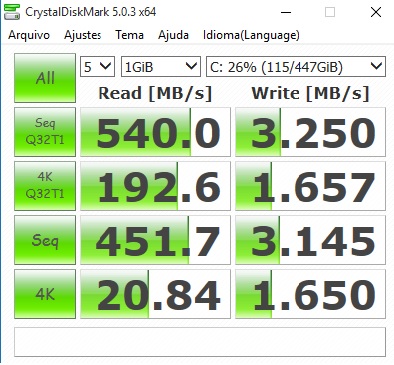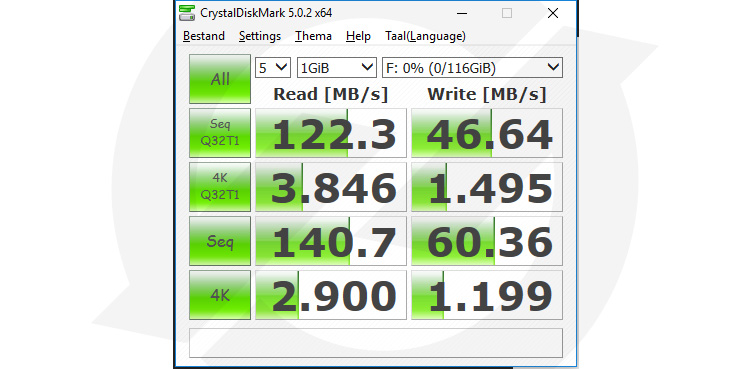

gavbon86: Having 13th Gen issues? I've not had a chance to read/watch other reviews yet.gavbon86: Yeah, I'm planning on investigating power more in-depth.gavbon86: It's that thing that we need, but we're unlikely to get 😂.gavbon86: There will never be another Naz.ganeshts: Take care with the left-hand side drive, and be careful with the posted speed limits.Of course, I'm sure I wouldn't be if I actu… RyanSmithAT: Considering that it was 33C here last weekend, I'm envious.RyanSmithAT: Holding out for that Raptor Lake HEDT chip, I take it?.Two sick children! Been up since 3am, please make it stop 🙃 gavbon86: What's worse than one sick child?.RyanSmithAT: While I say this with the acknowledgement that it works out especially convenient for me given my locat….The significant change in the random read/write performance for different queue depths indicates that both units support native command queuing. In the random accesses, the ArmorLock SSD with its internal SN700-class DRAM-equipped NVMe drive edges slightly ahead, compared to the SN550E-equipped G-DRIVE SSD.
#DISKMARK SCORES DRIVERS#
This assumes that the host port / drivers on the PC support UASP.īoth the ArmorLock SSD and G-DRIVE SSD exhibit similar sequential numbers - in fact, hitting more than the advertised 1050MBps numbers for both reads and writes under some specific workload constraints. If the numbers for the two access traces are in the same ballpark, NCQ / UASP is not supported. Comparing the '4K Q32T16' and '4K Q1T1' numbers can quickly tell us whether the storage device supports NCQ (native command queuing) / UASP (USB-attached SCSI protocol). The plain 'Rnd4K' one uses only a single queue and single thread. The 'Seq1M' traces use a 1MiB block size. The 'Seq128K Q32T1' sequential traces use 128K block size with a queue depth of 32 from a single thread, while the '4K Q32T16' one does random 4K accesses with the same queue configuration, but from multiple threads. Internally, CrystalDiskMark uses the Microsoft DiskSpd storage testing tool. Two of the traces are sequential accesses, while two are 4K random accesses. for example, uses four different access traces for reads and writes over a configurable region size.

ATTO does allow the visualization of change in transfer rates as the I/O size changes, with optimal performance being reached around 512 KB for a queue depth of 4 for both SSDs.ĬrystalDiskMark.

Interestingly, at QD4, the ArmorLock SSD hits 1.01GBps for both reads and writes, while the G-DRIVE SSD hits 1GBps+ only for reads. ATTO benchmarking is restricted to a single configuration in terms of queue depth, and is only representative of a small sub-set of real-world workloads. Western Digital claims speeds of up to 1000 MBps for the ArmorLock NVMe SSD and 1050 MBps for the G-DRIVE SSD. Yet another use of these synthetic benchmarks is the ability to gather information regarding support for specific storage device features that affect performance. The results translate to the instantaneous performance numbers that consumers can expect for specific workloads, but do not account for changes in behavior when the unit is subject to long-term conditioning and/or thermal throttling. Synthetic Benchmarks - ATTO and CrystalDiskMarkīenchmarks such as ATTO and CrystalDiskMark help provide a quick look at the performance of the direct-attached storage device.


 0 kommentar(er)
0 kommentar(er)
